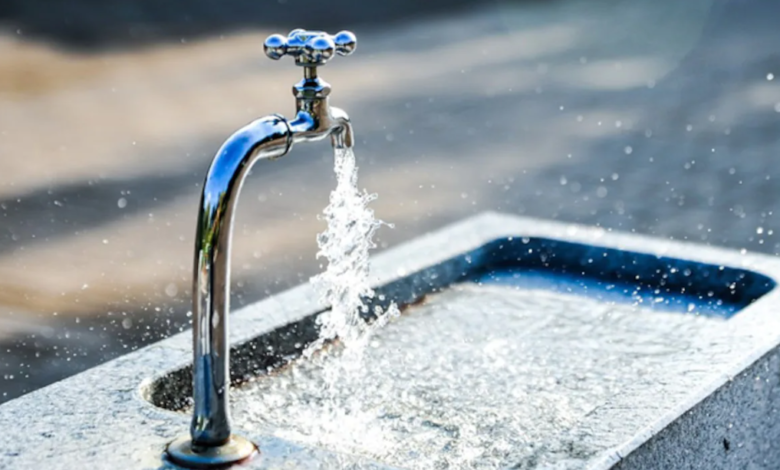The Piped Water Program Implemented By The Modi Administration Can Prevent 1.36 Lakh Child Deaths Per Year

According to research co-authored by Nobel laureate Michael Kremer, the national government’s initiatives to provide drinking water to every rural home under the Jal Jeevan Mission (JJM) could stop the annual deaths of 1.36 lakh children under the age of five in India.
The Development Innovation Lab published research titled “Potential Reduction in Child Mortality via Expanding Access to Safe Drinking Water in India.” The lab, which is run by the University of Chicago, wants to work on advancements that could help millions of people in low- and middle-income countries.
The paper notes that “this will need that water delivered through the JJM is devoid of microbiological contamination,” a statement made in collaboration with Micheal Kremer, an American development economist at the University of Chicago who won the Nobel Prize in economics in 2019.
In India, diarrhea is the third most common ailment to blame for under-five mortality.
A cost-effective method of lowering child mortality and diarrheal disease is water treatment. According to a recent meta-analysis of 15 randomized controlled trials by Kremer et al (2022), water treatment is anticipated to reduce under-5 mortality from all causes by about one in four. Additionally, according to this meta-analysis, treating water is one of the most economical strategies to lower child mortality.
Given that it implies that households without access to safely managed water have child death rates that are 25% higher than those who do, researchers acknowledged that their calculation was conservative.
If homes with access to carefully managed water also have better nutrition or access to better medical care, the mortality gap between these households would likely be higher.
According to the National Family Health Survey-5, India’s child mortality rate—the risk of a kid dying between birth and exactly 5 years of age—was 41.9 per 1,000 live births.
The Jal Jeevan Mission, which was started in 2019, intends to provide each rural home with 55 liters of water per person per day through functional household tap connections at reasonable service delivery costs by 2024. According to the mission’s website, the goal is to raise rural populations’ standards of living.
States and the center will split the cost equally from the Rs 3.6 lakh crore set aside for the Nal Se Jal scheme for five years commencing in 2019. Union territories will get 100% of their funding from the federal government.
Goa, Telangana, Haryana, Dadra and Nagar Haveli, Daman and Diu, Puducherry, and Andaman & Nicobar Island currently have houses with 100% tap water.
Only 3.23 crore (17%) of the 19.22 crore rural homes had tap water connections when the program was started three years ago, according to official statistics. By 2024, the ministry hopes to have 83% of the remaining 16 crore households covered.
News Mania Desk






